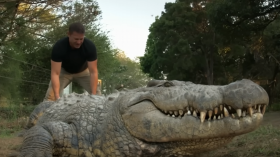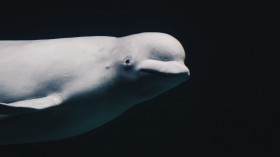Conrad Farnsworth is one of 15 high school students in the world to have built a nuclear reactor, which is why the teen is making headlines for his recent disqualification from Intel’s International Science and Engineering Fair, the largest international pre-college science competition.
The problem, according to Wyoming’s Star-Tribune, had to do with a breech in the fair’s rules that state students are only allowed to compete in one qualifying regional fair followed by another larger qualifying fair. The rule,
Farnsworth was disqualified on a technicality when he went with other students from his high school to the Wyoming State Science Fair followed by the South Dakota School of Mines'. In doing so, he violated the rule designed to keep students from jumping from one fair to another until they are finally able to advance. Sure enough, while he didn’t qualify in Wyoming, he did in South Dakota.
None of his teachers were aware of the rule, according to the Star-Tribune, who said they wanted to give their students a second chance to present their work.
“I think that was some of our motivation, and it did give our kids another chance to qualify,” science teacher Doug Scribner told the Wyoming news source.
For Farnsworth, going to the International Science and Engineering Fair had been his goal all throughout high school - a goal he came within inches of fulfilling as it wasn't until he had traveled all the way to Arizona where the fair was to be held and set up his presentation that he was told he would not compete.
“It’s frustrating having four years to get to a single point go down the drain,” Farnsworth said. “And it’s silly. It’s a science fair. Seriously, aren’t they supposed to be promoting science and not bureaucracy?”
And while students at this year’s Intel fair competed for more than $4 million annually, Farnsworth said it was the feedback from scientists he had anticipated most.
As it turned out, the fair's grand prize winner traveled even farther, however. Ionut Budisteanu, a 19-year-old from Romania, was awarded $75,000 for his work in using artificial intelligence in creating a “viable” model for a low-cost, self-driving car, according to an Intel press release.
He was followed by Eesha Khare, 18, of Saratoga, Calif. who received $50,000 for developing a device capable of charging batteries within 20 to 30 seconds.
All told, the event featured 1,600 contestants from more than 70 countries.
© 2024 NatureWorldNews.com All rights reserved. Do not reproduce without permission.





